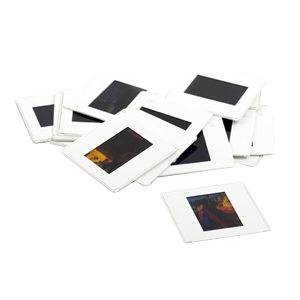
When I was a child, I remember my grandfather used to tell us all sorts of funny and exciting stories of his adventures across the world, how life was like for him growing up with his family, and other interesting quips about his life. Unfortunately, he passed before any of his wonderful tales were recorded. While we’re still left with fond memories of his story times, we would have loved if he recorded them so that we can re-watch them and pass down to our own children some day.
When a loved one passes on, everything changes. While we hold them dear to our hearts, it really would have meant a lot to us to have kept some of these great times on recorded video. In today’s world, this is now completely possible and even easy to accomplish using basic computer equipment and a little bit of skill. Here’s a few tips to get you started.
1. Develop a list of stories or passages you’d like to share on camera. This usually works best when you sit with some loved ones to help develop a core list of the top stories you want to use. When recording, you’re going to not want to read from a paper, but talk naturally, as if you were re-telling the story again, but this time to the camera.
2. Look for supplemental material such as old video tapes, audio tapes, photos, slides or other images that you can insert into the video to reference parts of the story. This is a great way to immerse the viewers into what you are talking about. If you’ve ever seen a documentary, very rarely do they focus on the narrator the entire time, but supplement what they’re saying with videos, images and sound to help the viewer gain a better understanding of what times were like in the story.
3. See if any other family or friends would like to join in and offer their take on any story. This can add some funny moments, especially for embarrassing stories!
4. Think of a clever introduction to your video, as well as a nice looking closing sequence. If editing on a computer, you can inject title slides into the beginning and end of the footage which can include text for things like credits, Title of the movie and so on.
5. Make sure you have the right equipment. The minimum you’d need would simple be a camcorder, or even a smartphone camera. However, for best results, we recommend recording it as almost a voice over, using a studio microphone for best clarity. This is something our in-house editors are very familiar with, and lots of families go this route.
Thinking of starting your own Life Story production? Contact us for custom editing services today!









